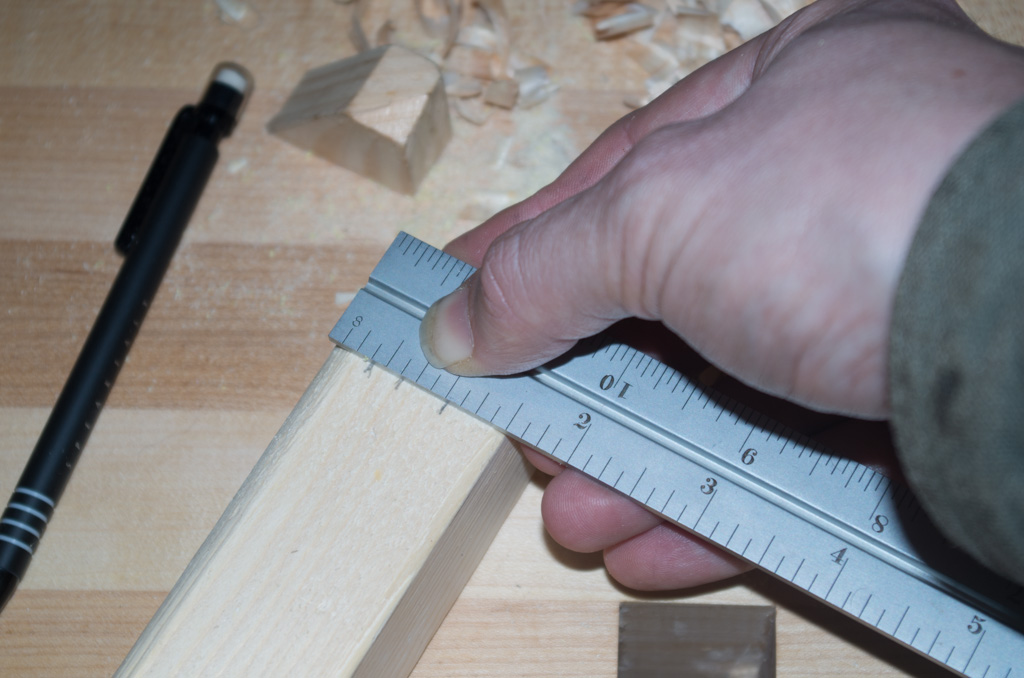Understanding floor thickness is crucial for any renovation project – get the expert lowdown on standard floor depths and what they mean for your home.
Understanding Floor Thickness: A Critical Component of Home Construction
Floor thickness plays a pivotal role in the structural integrity and functionality of any UK home. As professional tilers with extensive experience across Bromley and Kent, we understand that proper floor construction requires careful consideration of various layers and components. The total thickness of a floor isn’t just about the surface you walk on – it’s a complex system that ensures safety, comfort, and durability. In modern British construction, floor thickness typically ranges from 285mm to 336mm (11 1/4 to 13 1/4 inches), though this can vary depending on specific requirements and building regulations.
Standard Floor Thickness in UK Homes
When examining floor thickness in UK properties, it’s essential to understand that measurements can vary based on construction type, age of the property, and specific structural requirements. Modern homes typically follow standardised dimensions that ensure both safety and functionality. The total floor-to-floor height in contemporary UK houses generally encompasses several crucial layers, each serving a specific purpose in the overall structure.
Total Floor-to-Floor Measurements
- Standard total thickness: 285mm to 336mm (11 1/4 to 13 1/4 inches)
- Minimum recommended thickness for residential floors: 300mm
- Additional allowance for services and utilities: 50-100mm
- Acoustic separation requirements: minimum 40mm for party floors
Floor Joist Dimensions
Floor joists form the backbone of any floor structure, providing essential support and load-bearing capacity. In UK construction, the most commonly used joist sizes are:
- 2×10 joists: 235mm (9 1/4 inches) actual width
- 2×12 joists: 286mm (11 1/4 inches) actual width
- Engineered I-joists: 200-400mm depth range
Layer-by-Layer Breakdown of Floor Construction
Subfloor Thickness
The subfloor provides a crucial foundation for your final flooring material. In UK homes, standard subfloor thickness is typically 19mm (3/4 inch), though this can vary based on specific requirements:
- Plywood subfloor: 18-22mm
- Oriented Strand Board (OSB): 18-22mm
- Cement board: 12-20mm
Flooring Material Thicknesses
Different flooring materials come with varying thicknesses, each suited to specific applications and requirements:
- Solid hardwood: 12-19mm (1/2 to 3/4 inch)
- Engineered wood: 10-15mm
- Ceramic tiles: 8-12mm
- Luxury Vinyl Tiles (LVT): 2-6mm
- Laminate flooring: 6-12mm
Ceiling Components
The ceiling components of a floor system typically include:
- Standard plasterboard: 12.5mm (1/2 inch)
- Fire-rated plasterboard: 15mm
- Suspended ceiling void: 100-200mm when required
Special Considerations for Different Floor Types
Ground Floors vs Upper Floors
Ground floors and upper floors often require different approaches to thickness and construction. Ground floors typically need additional considerations for damp proofing and insulation, while upper floors must focus more on acoustic performance and load-bearing capacity. For ground floors, you’ll typically need:
- Concrete slab: 100-150mm
- Damp proof membrane: 1-2mm
- Insulation layer: 50-100mm
- Screed layer: 50-75mm
The 8% Rule for Floor Structure
A crucial guideline in floor construction is the 8% rule, which suggests that the total structural depth should be approximately 8% of the clear span distance. This ensures adequate support and minimal deflection under load. For example, a 4-metre span would require approximately 320mm of structural depth.
Impact on Home Renovation Projects
Height Considerations
When planning renovations, floor thickness can significantly impact:
- Room height and proportions
- Door threshold heights
- Stair calculations and regulations
- Window sill heights
- Overall building regulations compliance
Load-Bearing Capabilities
Understanding floor thickness is crucial for determining load-bearing capabilities. Standard UK domestic floors should support:
- Distributed load: 1.5 kN/m² minimum
- Concentrated load: 2.0 kN minimum
- Additional loading for particular uses (e.g., bathroom fixtures)
Professional Tips and Recommendations
Based on our extensive experience at Bromley Tilers, we recommend:
- Always consult building regulations for minimum requirements
- Factor in an additional 10-15mm for potential floor levelling
- Consider future-proofing by installing slightly thicker substrates
- Use appropriate underlays for specific flooring types
- Ensure adequate ventilation in suspended floor constructions
Conclusion: Making Informed Decisions About Your Floors
Understanding floor thickness is crucial for any construction or renovation project. Whether you’re planning a new build, renovation, or simply want to understand your home’s construction better, considering the various layers and their purposes will help ensure a successful outcome. Remember that while these measurements serve as general guidelines, specific projects may require different specifications based on local building regulations, structural requirements, and intended use. For professional advice on your specific project, particularly regarding tiling and flooring solutions in the Bromley and Kent areas, don’t hesitate to consult with experienced professionals who can provide tailored recommendations for your needs.
FAQ
How thick is a factory floor?
Generally, industrial floors should be at least 6 inches thick for light to medium use, and 8 inches thick for heavy use. For example, a warehouse that will store heavy machinery or large amounts of inventory should have a floor thickness of 8 inches or more.
How thick is hard floor?
Hardwood flooring comes in various thicknesses, typically ranging from 3/8 inch to 3/4 inch. The thickness of your flooring plays a significant role in determining whether it can be refinished and how many times you can do so throughout its lifespan.
How thick is a solid floor?
Solid wooden flooring generally comes in a thickness range between 15mm and 20mm.
Sources
[1] https://www.hunker.com/12612953/how-thick-is-the-floor-between-two-levels/
[2] https://www.carpetoutlets.net/post/how-thick-should-hardwood-flooring-be
[3] https://www.woodandbeyond.com/blog/what-is-the-normal-thickness-of-flooring/



